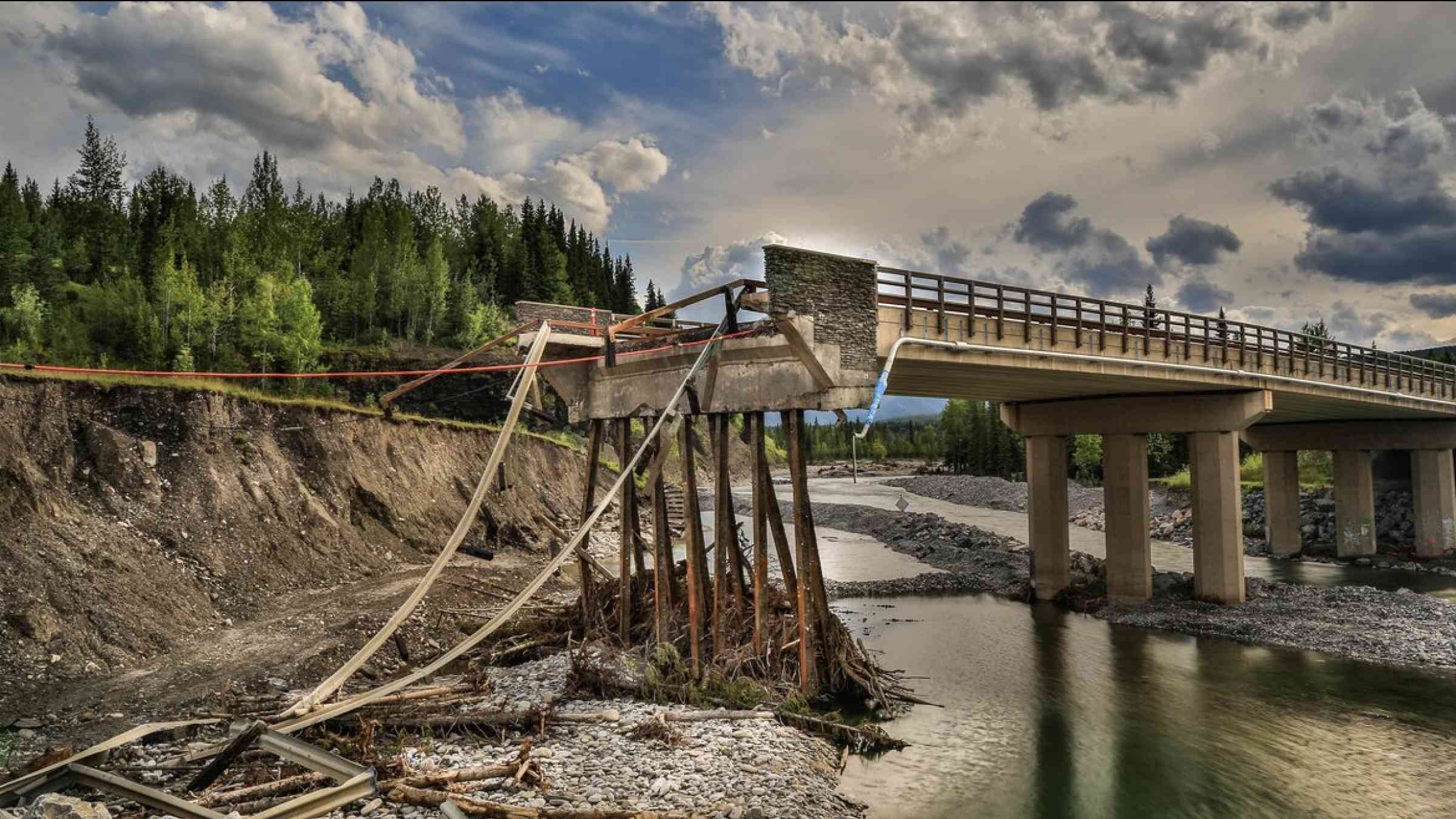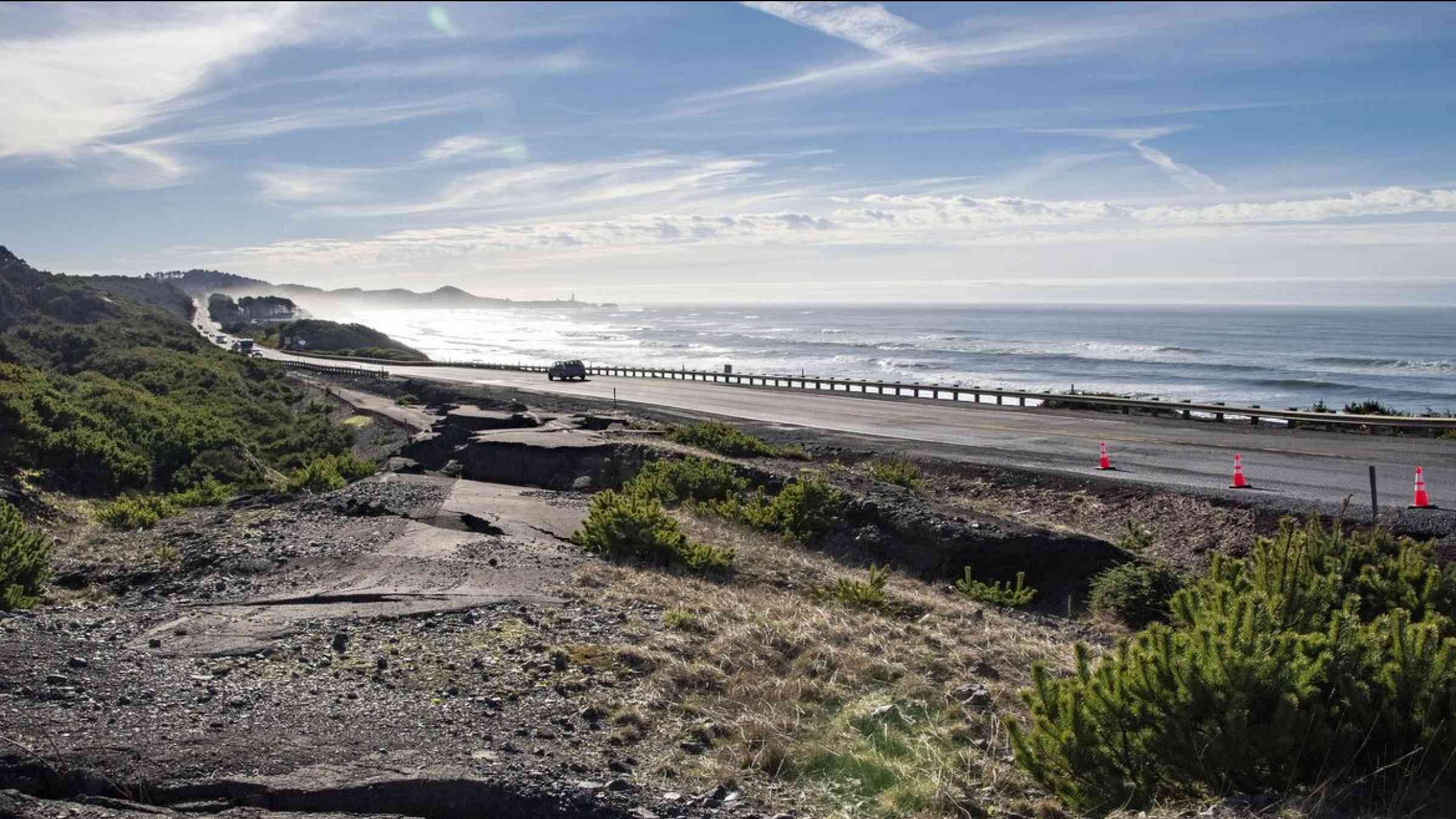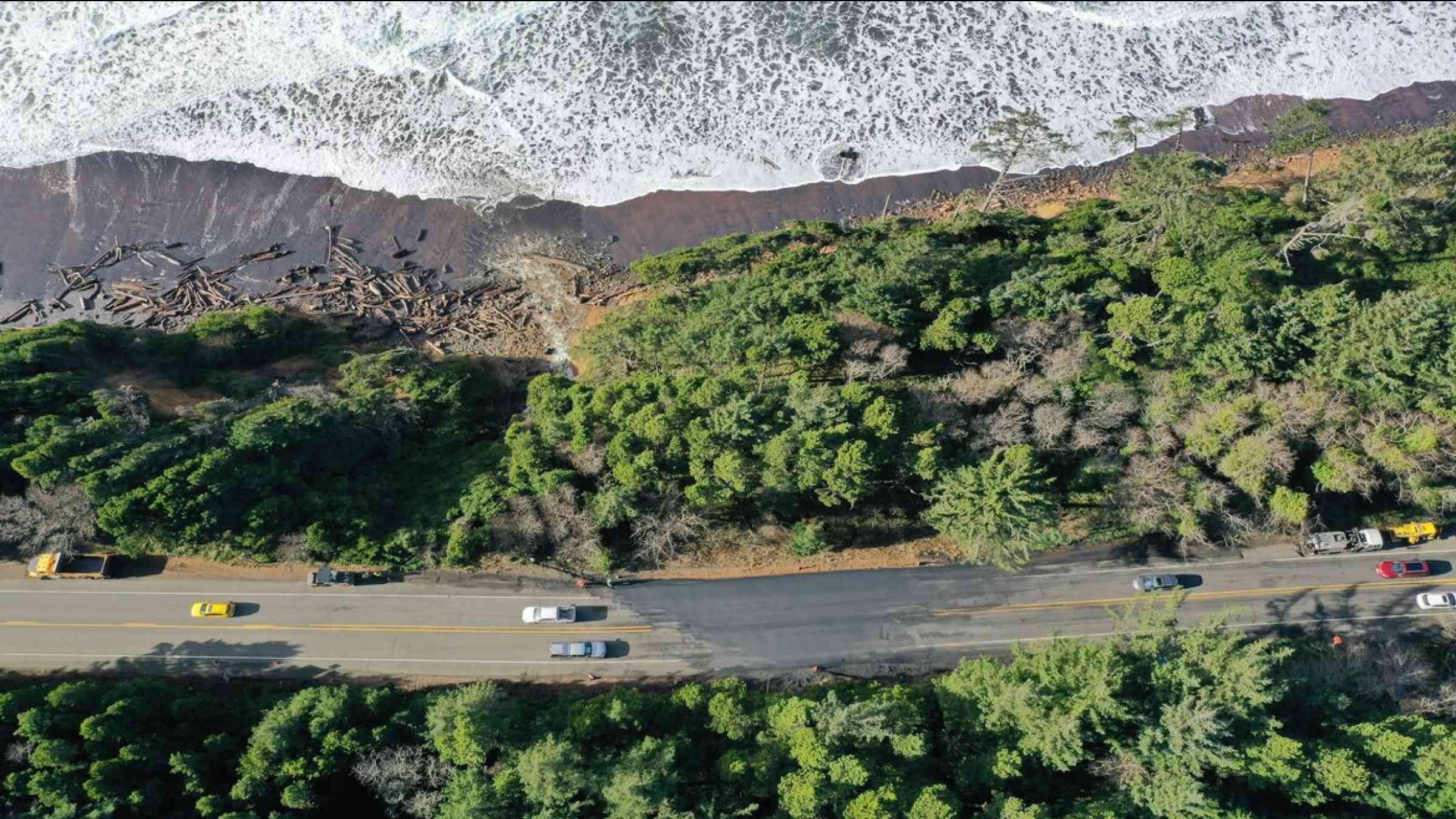Disaster resilient infrastructure is our best investment

The social and economic consequences of disasters are a reminder of our shared vulnerability and a reason to initiate a global movement to both mitigate and adapt to climate change.
For the biggest impact on risk reduction and our ability to recover, disaster resilient infrastructure is one of our best investments.
If our infrastructure is vulnerable, so are we
Infrastructure is not isolated—it is part of a system or network of assets that connects us to each other and provides critical and life-supporting services, like power and water. But infrastructure is expensive to repair and even costlier to rebuild amidst rising and intensifying challenges, like extreme and variable weather and rapidly growing populations.
A recent heatwave across India, China, Laos, and Thailand saw temperatures soar well over 100 degrees Fahrenheit, leading to widespread power outages and water shortages. The Turkey earthquake in February led to damages worth US$ 34 billion. Recent flooding in Slovenia led to the evacuation of thousands, and significantdamage to energy and transport infrastructure.
In just a few hours, a climate catastrophe can cause huge asset losses, but also causes service disruptions that worsen the initial impact of the disaster itself. For example, a collapsed bridge will not only be expensive to disassemble and rebuild, but it also impedes people who are evacuating away from harm, while preventing first responders from reaching the disaster zone. In the weeks following the collapse, employees may still not be able to return to work, and essential food and water may not be able to reach affected families.
The resilience of our infrastructure is a direct indicator of how well our communities can endure and recovery from disaster. From the wealthiest to the poorest nations, we must invest in research, innovation and construction that meet the challenges of today as well as those predicted for tomorrow.

Disaster resilient infrastructure is a smart investment
Resilient infrastructure has proven to be a boon in countries where it is institutionalized. Japan recorded nine major earthquakes between 2018 and 2023 with just 55 deaths. The comparatively low number of casualties is due to Japan’s strict building codes and intentional design of infrastructure that absorbs the impact of seismic activity. This is in sharp contrast to Afghanistan, where three earthquakes within a span of days recentlyclaimed over 2,400 lives.
As a coalition of countries and international organizations, the India-led Coalition for Disaster Resilient Infrastructure estimates that disasters around the world causeUS$ 700 billion in economic losses each year. The U.S., China and India are considered some of the most vulnerable regionsfor infrastructure risk based on their capital investment in infrastructure and their importance to global supply chains. Without sufficient climate-proofing and resilient features, a high-magnitude disaster in these countries could lead to systemic collapse and profound global economic losses.
But the economic benefits are obvious in low-income countries too. The World Bank estimates that the net benefit of investing in resilient infrastructure in developing countries (in other words money saved by reducing service disruption and saving lives) would be $4.2 trillion over the new infrastructure’s lifetime. This translates to a $4 benefit for each dollar invested in the infrastructure’s design, maintenance, and operation.

Infrastructure innovation must be locally-led
There is no one-size-fits-all solution for investing in infrastructure. From villages to national governments, leaders and engineers must understand their specific vulnerability and construct infrastructure that meets their risk profile. For instance, in hurricane-prone regions, infrastructure should be designed to resisthigh-speed winds up to 124 miles per hour and in flood-prone regions, traditional ‘grey’ infrastructure, like pipelines and pumping stations, can be complemented with nature-based solutions, such as floodplain restoration or mangrove buffers. One study that examines mangrove restoration in the US, Central America and Caribbean basin found that each hectare of mangrove provides hundreds of thousands of dollars’ worth of flood protection.
This month, world leaders will converge in Washington D.C. for the International Conference on Disaster Resilient Infrastructure—the conference’s first year in the Americas. To meet the challenges of today, we need bold commitments from our leaders alongside investments that ensure innovation, predictive climate data, and traditional ecological knowledge work alongside engineering and construction sectors to keep us safe.
Amit Prothi is the Director General, Coalition for Disaster Resilient Infrastructure. He is an international expert with nearly 25 years of progressive leadership in the fields of urban planning and resilient infrastructure, with experience across more than 15 countries in North America, Asia and Europe.
Dr. Kit Miyamoto is a world-leading expert in disaster resiliency, response, and reconstruction. He provides expert engineering and policy consultation to the World Bank, USAID, UN agencies, governments and the private sector. He is a California Seismic Safety Commissioner and the Global CEO and structural engineer of Miyamoto International.